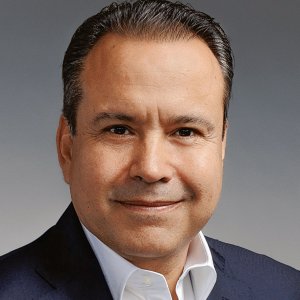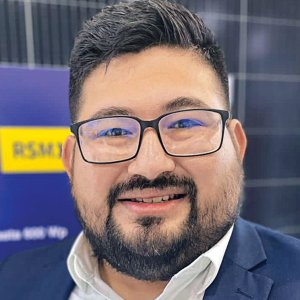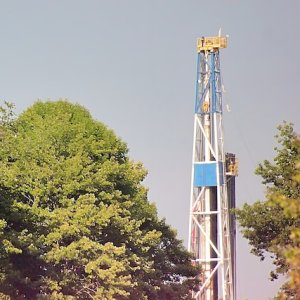Pillars for the Development of the Geothermal Sector
STORY INLINE POST
In 2011, ClusterGEO was created with the objective of ensuring communication between the government, the private sector, academia, institutions and associations. “The idea was to group under ClusterGEO all the entities that work in the sector but rarely work together. ClusterGEO helps them unite as a sector, rather than just operating independently,” says Frederic Sauze, President of ClusterGEO. Alstom, after developing the Los Azufres geothermal power plant, supported the creation of ClusterGEO and suggested that it should be based in the natural center of the country’s geothermal industry, Morelia. CFE’s geothermal department has been based in this city since the 1950s, and today it oversees every type of renewable energy excluding hydroelectric power.
“The Mexican government and the Inter-American Development Bank (IDB) are interested in creating a competitive hub for geothermal energy in Latin America in order to help countries in the region to develop,” said Sauze. “Today, it is necessary to go to Iceland, Japan or the US to find technical and financial expertise required for the development of geothermal activities, but that can change. The challenge is structuring profitable projects that can access available funds to create added value and promote the development of a country.” ClusterGEO was founded by 12 partners and now has 30 members, many of which are from the Morelia region. The association has established several strategic pillars. The first is enhancing Mexico’s operating framework, which is essential for the sector to fully develop. “CFE has already successfully developed geothermal projects and is focused on large projects in large fields with proven resources. However, based on modest estimates, there is potential for around four or five times more geothermal power generating capacity than the current installed capacity,” says Sauze. This represents an opportunity not just for CFE but also for the private sector, provided that the operating framework creates attractive opportunities for private participation.
The second pillar is conducting research activities in the fundamental sciences, such as chemistry, mechanics and geophysics, an area in which Sauze believes a more focused approach could yield better results for the geothermal sector. “For example, Alstom has a budget of €3 million per year for R&D activities focused on geothermal activities, but that mostly goes to activities in Europe and the US. Very few resources stay in Mexico, but with the development of high quality research and application centers more money could stay here.” In ClusterGEO’s view, research activities should be focused on finding applicable commercial solutions that could be sold in Mexico or exported to Latin America and the rest of the world. Training plays a crucial role in creating the human capital that can operate the technology and exploit geothermal resources. “There is a community of people with a tremendous amount of experience that was active in the 1970s and 1980s, and afterwards the generational gap is evident,” says Sauze. “It is vital to organize the transfer of knowledge to the next generation, to the private sector, and to other countries. Institutions such as the Michoacan University of San Nicolas de Hidalgo (UMSNH) and UNAM’s geophysics campus are actively transferring that knowledge in the Morelia area. In other parts of the country the Electrical Research Institute (IIE), Center for Scientific Research and Higher Education of Ensenada (CICESE) and Center for Research and Advanced Learning (CINVESTAV) are examples of institutions that are collaborating to transfer knowledge and experience in geothermal energy."
The third pillar is raising awareness both within and outside the country that there is extensive expertise and geothermal energy potential in Mexico. ClusterGEO plans to organize the World Geothermal Congress, organized every five years, in 2020 by developing a well-structured proposal that demonstrates the opportunity for the government to attract greater investment to Mexico. The final strategic pillar promoted by ClusterGEO is economic development. The development of geothermal projects impacts many people. “There is great synergy between companies that are developing the Mexican geothermal sector, which should have a direct impact on their commercial success as well as the economic development of Mexico,” says Sauze.
The idea of concentrating geothermal expertise in Morelia and promoting research and training is also the objective of another project: CIMIE-GEO. “We proposed this idea to the federal government and today there is a project that involves the Ministry of Energy (SENER), National Council for Science and Technology (CONACYT), and the Energy Sustainability Fund, who are cooperating to create the Mexican Center for Innovation in Geothermal Energy,” explains Sauze. “There are several additional parties involved in this project, such as the state government and universities such as UNAM, Center for Research and Advanced Learning (CINVESTAV) and the University of Guadalajara. In addition, CP Latina, a company specialized in the drilling of geothermal wells, is actively participating in research activities, and other large Mexican companies are becoming interested in developing self-supply geothermal energy.”






















